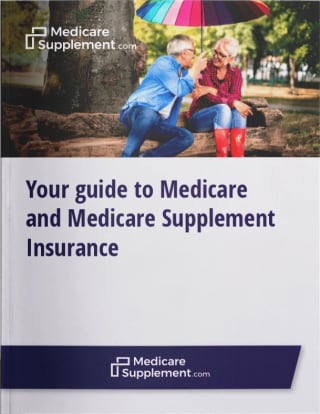Why Dental and Vision Coverage Still Matter
As we age, routine dental and vision care become increasingly important for overall health. Gum disease has been linked to heart problems, and eye exams can detect serious issues like glaucoma or macular degeneration early.
That’s why many people supplement their Medicare + Medigap coverage with standalone dental and vision insurance plans or take advantage of other options.
What Are Your Options for Dental and Vision Coverage?
If you’re currently enrolled in or planning to enroll in a Medigap plan, here are some ways to get the dental and vision coverage you may need:
1. Standalone Dental and Vision Insurance Plans
You can buy separate insurance plans for dental and/or vision care from private insurers. These plans often include:
-
Cleanings, X-rays, and exams
-
Fillings, root canals, and extractions
-
Vision exams, glasses, and contact lenses
Many companies offer bundled dental and vision plans at affordable monthly rates.
2. Dental or Vision Discount Programs
Instead of insurance, these are membership-based programs that offer discounted services with participating providers. They can be a lower-cost alternative but don’t function like traditional insurance.
3. Medicare Advantage (Part C)
Some people consider switching to a Medicare Advantage plan, which usually includes additional benefits like dental, vision, and hearing. However, this is a replacement for Original Medicare and not something you can have alongside a Medigap plan.
Medigap vs Medicare Advantage
It's important to know that you can’t have both Medigap and Medicare Advantage at the same time. If dental and vision coverage are a top priority for you and you're open to changing how you receive your Medicare benefits, exploring Medicare Advantage plans may be worth considering.
But if you prefer the flexibility and nationwide coverage of Original Medicare + Medigap, then adding a standalone dental/vision plan is usually the best route.



